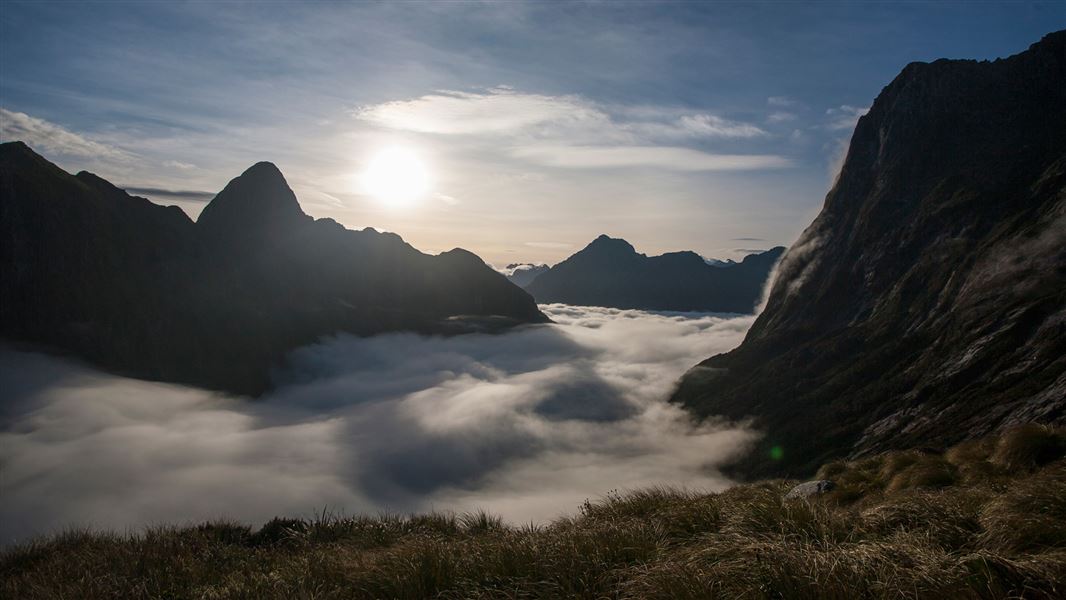The South West of New Zealand is one the great natural areas of the world. It is internationally recognised as a UNESCO World Heritage site.
Known to the original Māori inhabitants as Te Wāi Pounamu – the greenstone waters, the 2.6 million hectare site covers almost 10% of New Zealand’s total land area. It encompasses four national parks: Westland Tai Poutini, Aoraki/Mount Cook, Mount Aspiring and Fiordland.
Why it's a World Heritage Area
It contains rocks, plants and animals which take us back 80 million years to a time when New Zealand was part of the ancient super continent Gondwana.
It has spectacular ice carved fiords, lakes and valleys – amongst the finest examples of glaciated landforms in the Southern Hemisphere.
From mountain to sea, it has landscapes of untouched beauty.
It is a stronghold for rare plants and animals living in a range of habitats:
- much of the area is covered with ancient and mature stands of southern beech and podocarp trees.
- the kea, an alpine parrot, lives in the park, as does the rare and endangered takahē, a large flightless bird
- there are three endemic taxon of kiwi within the area: rowi, Haast tokoeka and Fiordland tokoeka – the first two are the most endangered varieties of kiwi in New Zealand.
Why it's a special place for Ngāi Tahu
To Ngāi Tahu the great mountains and valleys of Te Wāhipounamu are the places of Atua (gods).
The whakapapa (genealogies) of ancestors, who stand on the landscape, and the recognition of the deeds of those ancestors, are important cultural identifiers to these places.
Related links
- Map of the area (PDF, 689K) note that DOC regions on this map have since changed
- Te Wahipounamu UNESCO World Heritage Site
- Mirrorworld documentary on NZ on Screen
